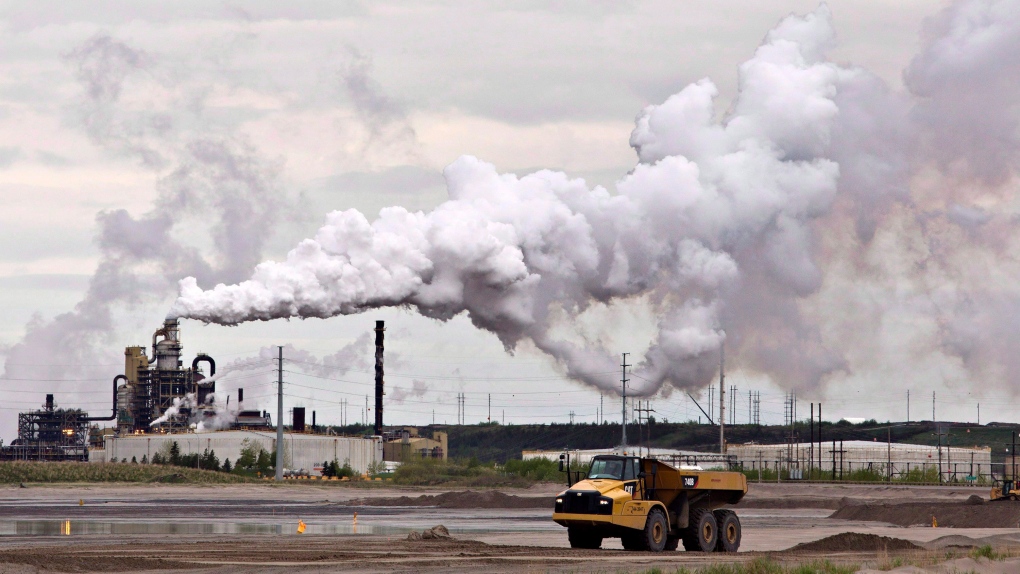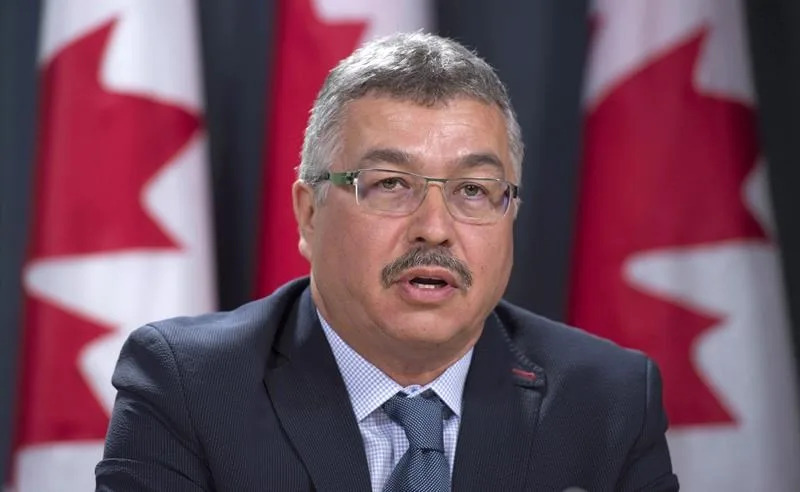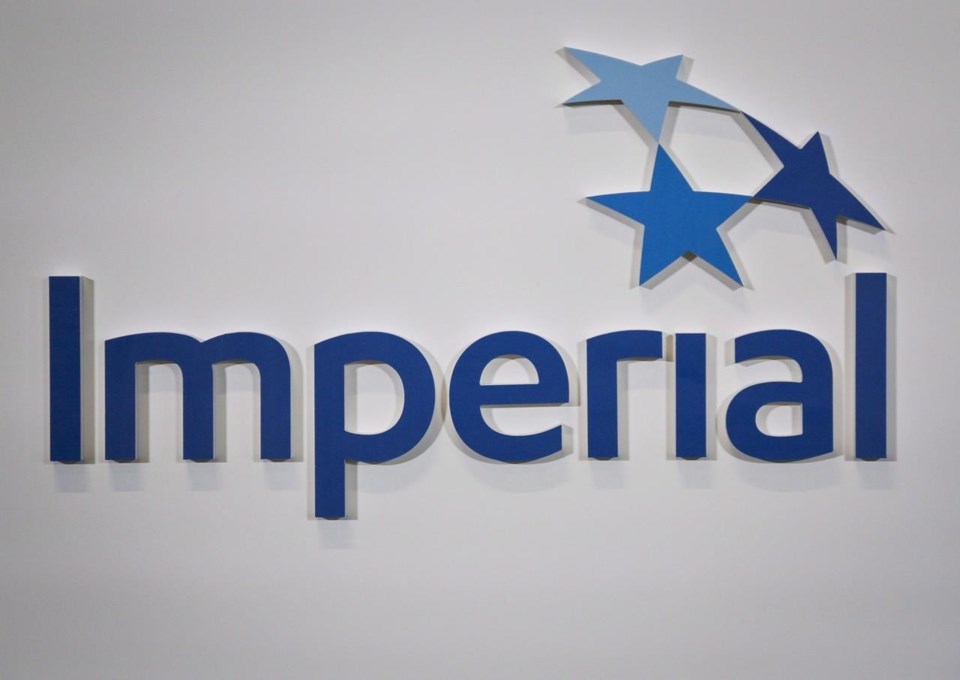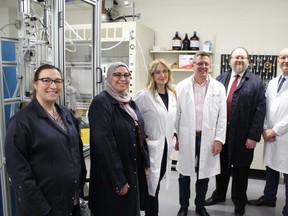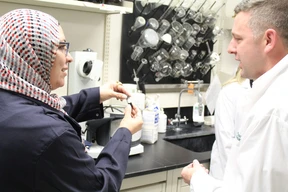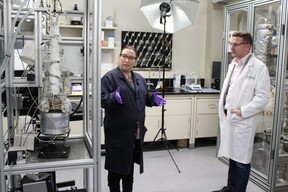Claudine Mangen,
RBC Professor in Responsible Organizations and Associate Professor,
Differing expectations
To understand labels, we have to look at how we interact with the world around us. We make sense of this world by using mental shortcuts that enable us to save our mental resources. Shortcuts draw on categories; one of the most salient categories is gender.
We instantaneously and spontaneously categorize people around us in gender categories, relying on information accumulated throughout our lives. Categories of course go beyond gender and also include race, age, ethnicity and so on.

When we assign a person to the woman category, we are inclined to see her in a caregiving role rather than an agentic role like a leader.
As we assign people to gender categories, we evaluate them in their roles, notably whether these roles are consistent with their gender category. During this evaluation process, we draw on social norms about women and men, who they are and what they do. Today’s social norms continue to view men and women differently: women are expected to act communally and care for others; men are expected to be agentic and assert themselves.
As a result, when we assign a person to the woman category, we are inclined to see her in a caregiving role rather than an agentic role like a leader. Our beliefs are gender-biased: if she had been a man, we would have attributed a different role to her.
When we see others behave in ways that deviate from the roles associated with their gender categories, we often draw on labels that designate this deviance. For instance, suppose we see a woman who is assertive. Since we categorized her as a woman, we expect her to be caregiving; we see her assertive behaviour as a deviance from this caregiving behaviour. We might then draw on a label that identifies and designates this deviance.
Labels matter
Women leaders I interviewed told me how they have been labelled “bitch.” The names of interview participants I cite below have been changed to protect their anonymity.
For instance, Leslie explained: “Women are still perceived as the ones who should be softer, caretaking; everything is just from the heart, and doting and nurturing.”

When we see others behave in ways that deviate from the roles associated with their gender categories, we often draw on labels that designate this deviance.
When women do not meet expectations around caretaking, they are penalized for their deviance. Leslie pointed out: “When you don’t fill that role, and people expect you to fill that role going back to expectations, you’re seen as a tough, sorry to say it, bitch.”
Tina argued that men do not have similar caretaking expectations: “We all know a guy who’s tough — he’s assertive, he’s confident. A woman who’s tough, she’s a bitch.”
Labels have consequences for those who are labelled. When labels are used to designate behaviour that deviates from an expectation, they can delegitimize and undermine people.
Consider again the women leaders I interviewed. Labels that emphasize their gender obscure their other identities and roles. In other words, the labels suggest that their identities as women and leaders are incompatible.
The interview participants reacted in three ways to their labelling. They accepted it and made efforts to be seen as nice. They also rejected it, questioning the person who did the labelling. Finally, they sometimes ignored it. Either way, they spent time and energy dealing with labels that went to the core of who they are.
There are many other labels that we often use, many of which do the same thing as the “bitch” label that I illustrated. We do not question labels because they often seem so mundane and spontaneous. Therein, however, lies the danger of labels: they constitute a way of putting people down and delegitimizing them.
We should observe ourselves and question why we use the labels we do. What are our expectations of the people we label? If they don’t meet our expectations, rather than blaming them through a label, perhaps we should question our expectations.
This article is republished from The Conversation, an independent nonprofit news site dedicated to sharing ideas from academic experts.
It was written by: Claudine Mangen, Concordia University.
Concordia University
Wed, January 25, 2023

Women who are seen as assertive can often be negatively labelled at work.
Have you or a colleague ever been negatively labelled at work, whether it’s based on your gender, age, race or ethnicity? Labels can often be mundane because we use them spontaneously on an everyday basis. But they can also be far from innocuous. Labels convey value judgments and serve to control the behaviour of the people they’re applied to.
My explanations of labelling draw on research, including my own. I head a research program on gender inequalities and organizational leadership at Concordia University. My research is concerned with everyday practices like labelling, how they arise and what they do.
Wed, January 25, 2023

Women who are seen as assertive can often be negatively labelled at work.
Have you or a colleague ever been negatively labelled at work, whether it’s based on your gender, age, race or ethnicity? Labels can often be mundane because we use them spontaneously on an everyday basis. But they can also be far from innocuous. Labels convey value judgments and serve to control the behaviour of the people they’re applied to.
My explanations of labelling draw on research, including my own. I head a research program on gender inequalities and organizational leadership at Concordia University. My research is concerned with everyday practices like labelling, how they arise and what they do.
Differing expectations
To understand labels, we have to look at how we interact with the world around us. We make sense of this world by using mental shortcuts that enable us to save our mental resources. Shortcuts draw on categories; one of the most salient categories is gender.
We instantaneously and spontaneously categorize people around us in gender categories, relying on information accumulated throughout our lives. Categories of course go beyond gender and also include race, age, ethnicity and so on.

When we assign a person to the woman category, we are inclined to see her in a caregiving role rather than an agentic role like a leader.
As we assign people to gender categories, we evaluate them in their roles, notably whether these roles are consistent with their gender category. During this evaluation process, we draw on social norms about women and men, who they are and what they do. Today’s social norms continue to view men and women differently: women are expected to act communally and care for others; men are expected to be agentic and assert themselves.
As a result, when we assign a person to the woman category, we are inclined to see her in a caregiving role rather than an agentic role like a leader. Our beliefs are gender-biased: if she had been a man, we would have attributed a different role to her.
When we see others behave in ways that deviate from the roles associated with their gender categories, we often draw on labels that designate this deviance. For instance, suppose we see a woman who is assertive. Since we categorized her as a woman, we expect her to be caregiving; we see her assertive behaviour as a deviance from this caregiving behaviour. We might then draw on a label that identifies and designates this deviance.
Labels matter
Women leaders I interviewed told me how they have been labelled “bitch.” The names of interview participants I cite below have been changed to protect their anonymity.
For instance, Leslie explained: “Women are still perceived as the ones who should be softer, caretaking; everything is just from the heart, and doting and nurturing.”

When we see others behave in ways that deviate from the roles associated with their gender categories, we often draw on labels that designate this deviance.
When women do not meet expectations around caretaking, they are penalized for their deviance. Leslie pointed out: “When you don’t fill that role, and people expect you to fill that role going back to expectations, you’re seen as a tough, sorry to say it, bitch.”
Tina argued that men do not have similar caretaking expectations: “We all know a guy who’s tough — he’s assertive, he’s confident. A woman who’s tough, she’s a bitch.”
Labels have consequences for those who are labelled. When labels are used to designate behaviour that deviates from an expectation, they can delegitimize and undermine people.
Consider again the women leaders I interviewed. Labels that emphasize their gender obscure their other identities and roles. In other words, the labels suggest that their identities as women and leaders are incompatible.
The interview participants reacted in three ways to their labelling. They accepted it and made efforts to be seen as nice. They also rejected it, questioning the person who did the labelling. Finally, they sometimes ignored it. Either way, they spent time and energy dealing with labels that went to the core of who they are.
There are many other labels that we often use, many of which do the same thing as the “bitch” label that I illustrated. We do not question labels because they often seem so mundane and spontaneous. Therein, however, lies the danger of labels: they constitute a way of putting people down and delegitimizing them.
We should observe ourselves and question why we use the labels we do. What are our expectations of the people we label? If they don’t meet our expectations, rather than blaming them through a label, perhaps we should question our expectations.
This article is republished from The Conversation, an independent nonprofit news site dedicated to sharing ideas from academic experts.
It was written by: Claudine Mangen, Concordia University.
Claudine Mangen receives funding from the Social Sciences and Humanities Research Council of Canada.



